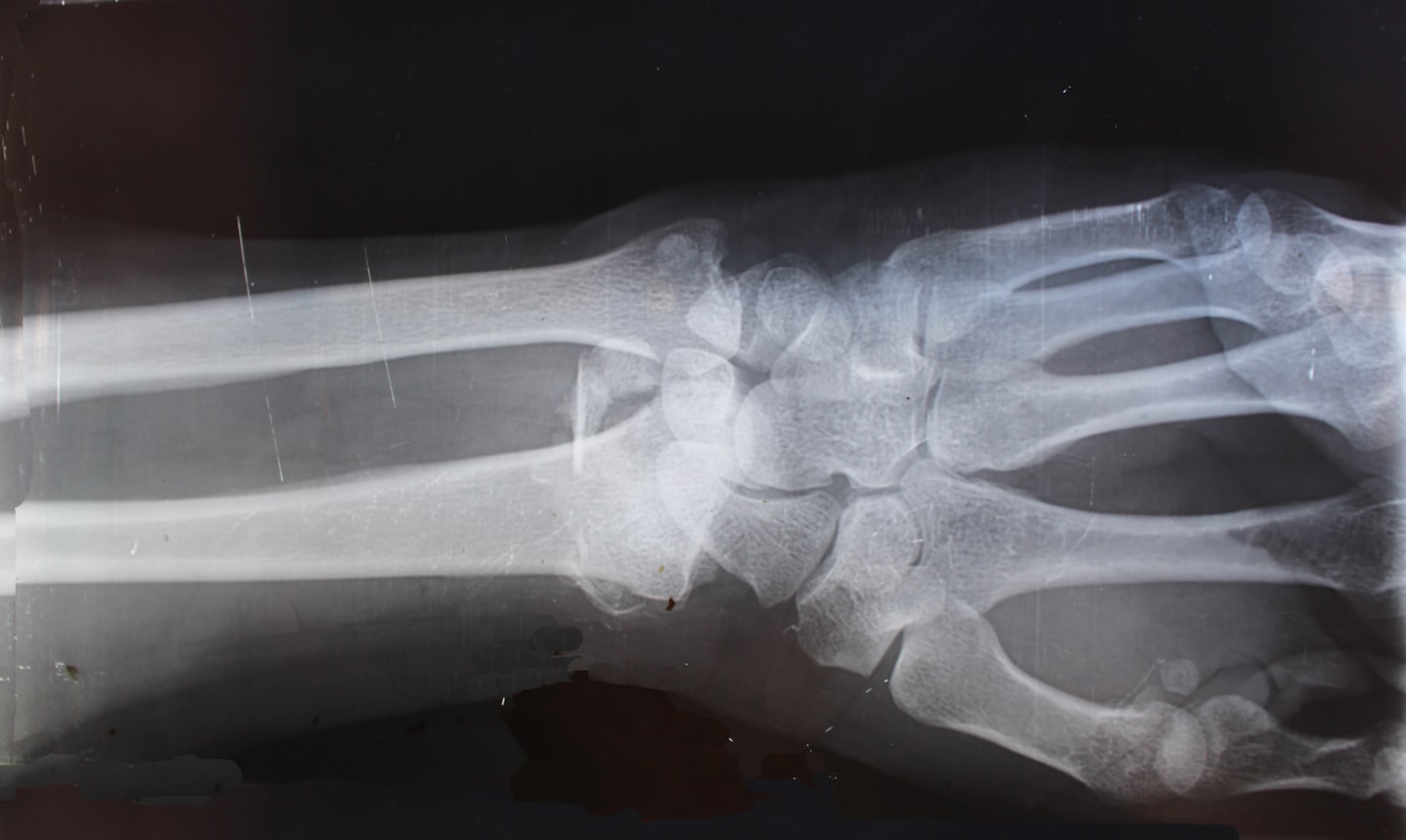medical imaging (radiology)
Medical imaging, also known as radiology, is the field of medicine in which medical professionals recreate various images of parts of the body for diagnostic or treatment purposes. Medical imaging procedures include non-invasive tests that allow doctors to diagnose injuries and diseases without being intrusive.
Medical imaging is a central part of the improved outcomes of modern medicine. Different types of medical imaging procedures include:
- X-rays
- Magnetic resonance imaging (MRI)
- Ultrasounds
- Endoscopy
- Tactile imaging
- Computerized tomography (CT scan)
Other beneficial medical imaging procedures include nuclear medicine functional imaging techniques, such as positron emission tomography (PET) scans. Other uses of medical imaging include scans to see how well your body is responding to a treatment for a fracture or illness.

Medical imaging technologies
Technologies used in medical imaging include those belonging to the field of radiography. X-ray and CT scans are powerful tools, but because of ionizing radiation, they must be used sparingly. Ionizing radiation carries with it risk of cancers, cataracts, cellular mutation and abnormal development in fetuses. MRIs -- including nuclear magnetic resonance (NMR) -- offer reduced risks and no ionizing radiation. Ultrasound, using ultrasonic vibrations to create images, represents one of the safest forms of medical imaging.
The use of surface-mounted sensors to measure electrical activity is another safe form of medical imaging and is used in electroencephalography (EEG) and electrocardiography (ECG) -- though these technologies produce a change over time graph rather than a graphical image.
In a number of medical imaging technologies artificial intelligence (AI) is enhancing the ability to interpret and analyze results. Computer vision is being used to visually diagnose conditions not yet visible to the human eye.
Who uses medical imaging?
A radiographer -- also known as a medical imaging technologist or radiology technologist -- is responsible for administering medical imaging procedures. Radiographers are university-trained with thorough knowledge of the body's structure and how it is affected by different diseases and injuries. They can specialize in the procedures mentioned above -- including MRIs and CT scans -- as well as in areas such as:
- Angiography - which involves imaging a patient's blood vessels and heart.
- Mobile radiography - which is the use of special machines to perform imaging procedures on patients that are too sick to travel to a hospital.
- Fluoroscopy - which is an x-ray that examines the patient's internal body and displays moving images on a screen, like a movie.
- Trauma radiography - which frequently involves work in emergency departments.
Radiographers perform medical imaging procedures at the request of a radiologist. Radiologists are doctors trained to diagnose and treat diseases and injuries using medical imaging technologies. Radiologists are also responsible for treating diseases -- such as cancer and heart disease -- using radiation or minimally invasive, image-led surgery.
Once the procedures are complete, the radiographer presents the images to the radiologist. The radiologist then analyzes the results, presents a diagnosis of the disease or injury and determines the best treatment options for the patient.
Importance of medical imaging
Medical imaging allows doctors to better assess patients' bones, organs, tissue and blood vessels through non-invasive means. The procedures help determine whether surgery would be an effective treatment option; locate tumors for treatment and removal; find blood clots or other blockages; direct doctors dealing with joint replacements or the treatment of fractures; and assist other procedures involving the placement of devices -- such as stents or catheters -- inside the body.
Overall, medical imaging has improved diagnoses and treatments by greatly reducing the amount of guess work done by doctors, allowing them to more effectively deal with patients' injuries and diseases.